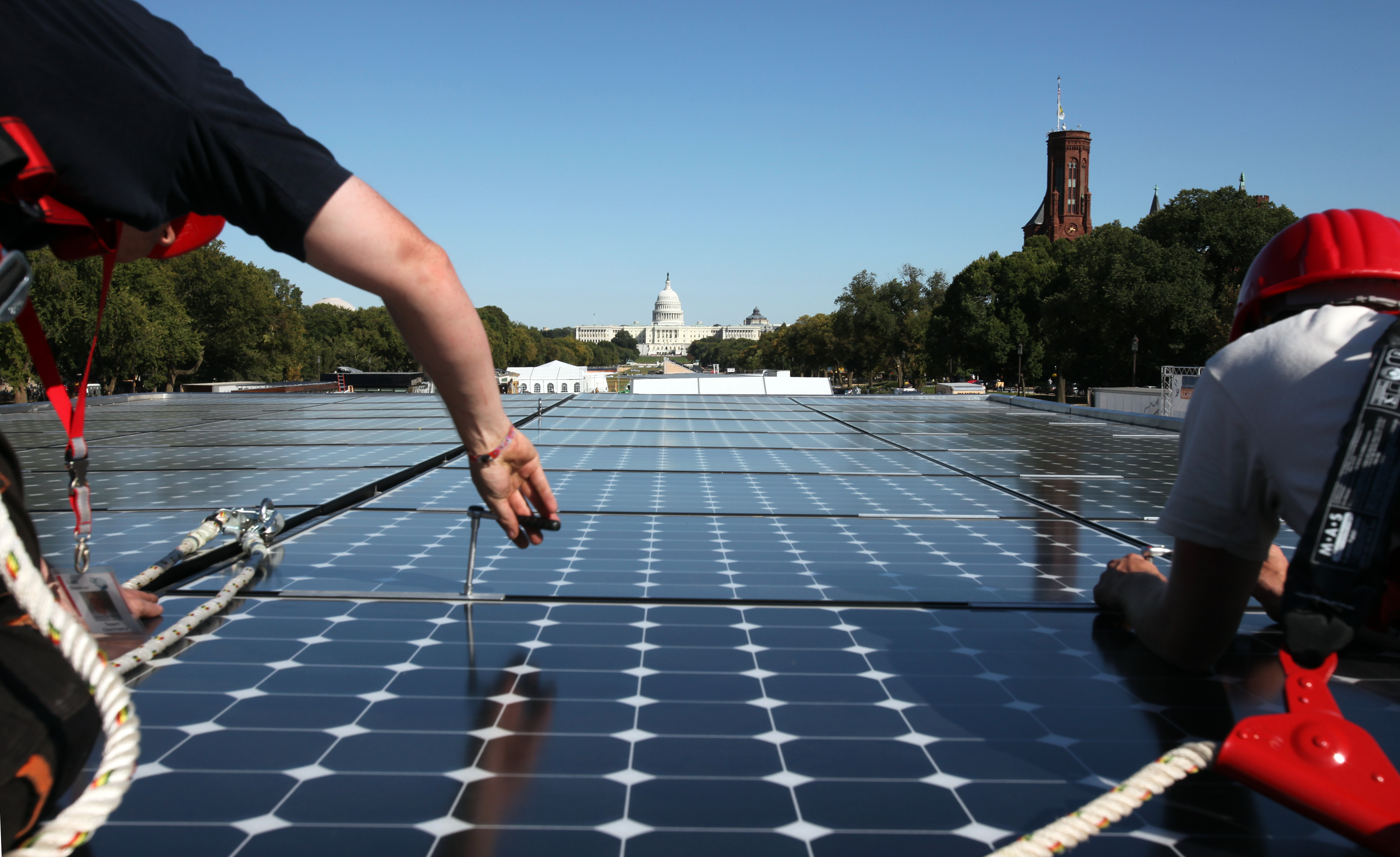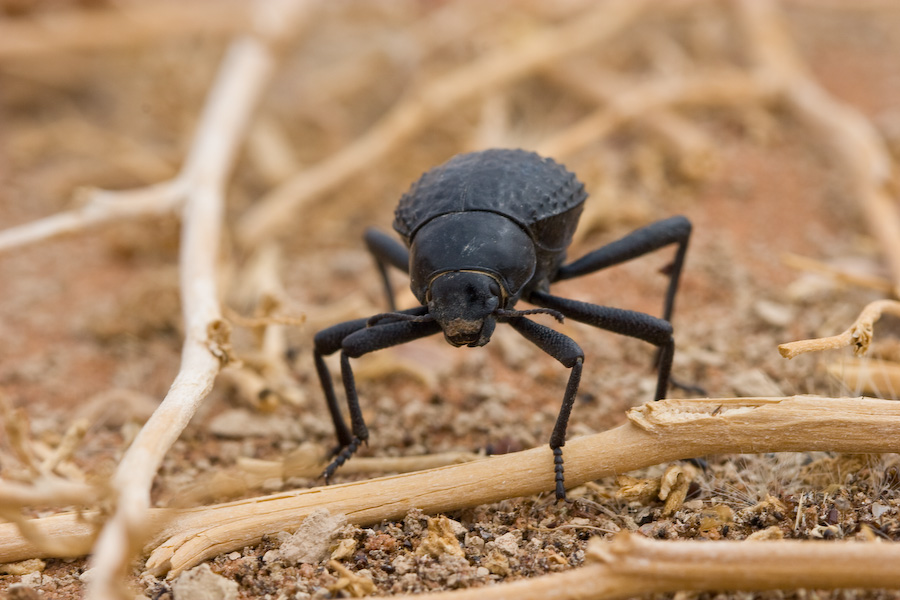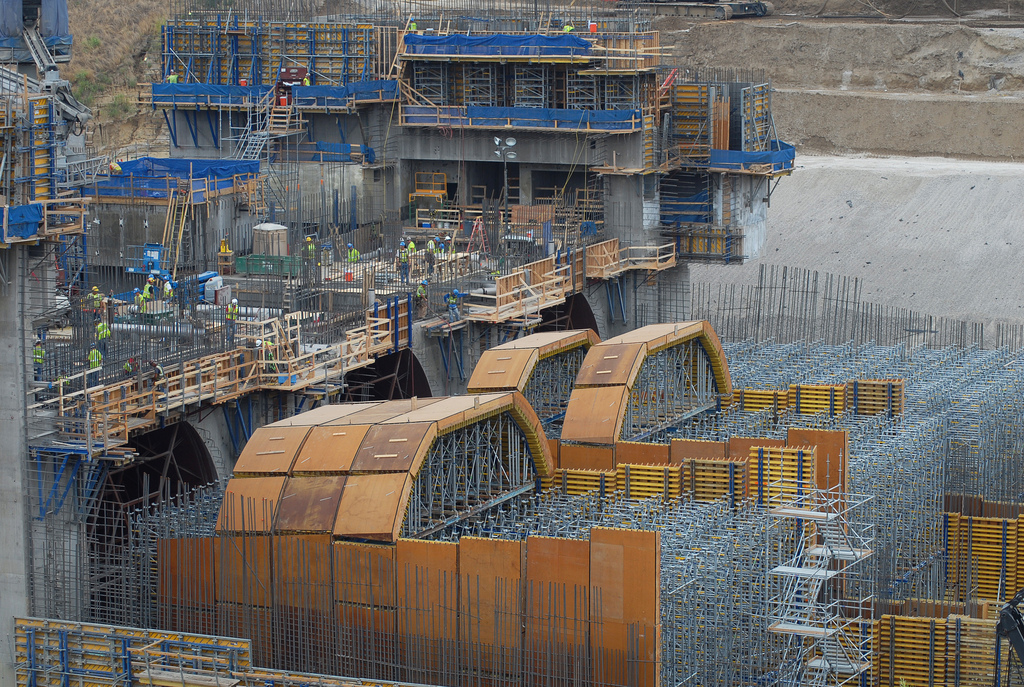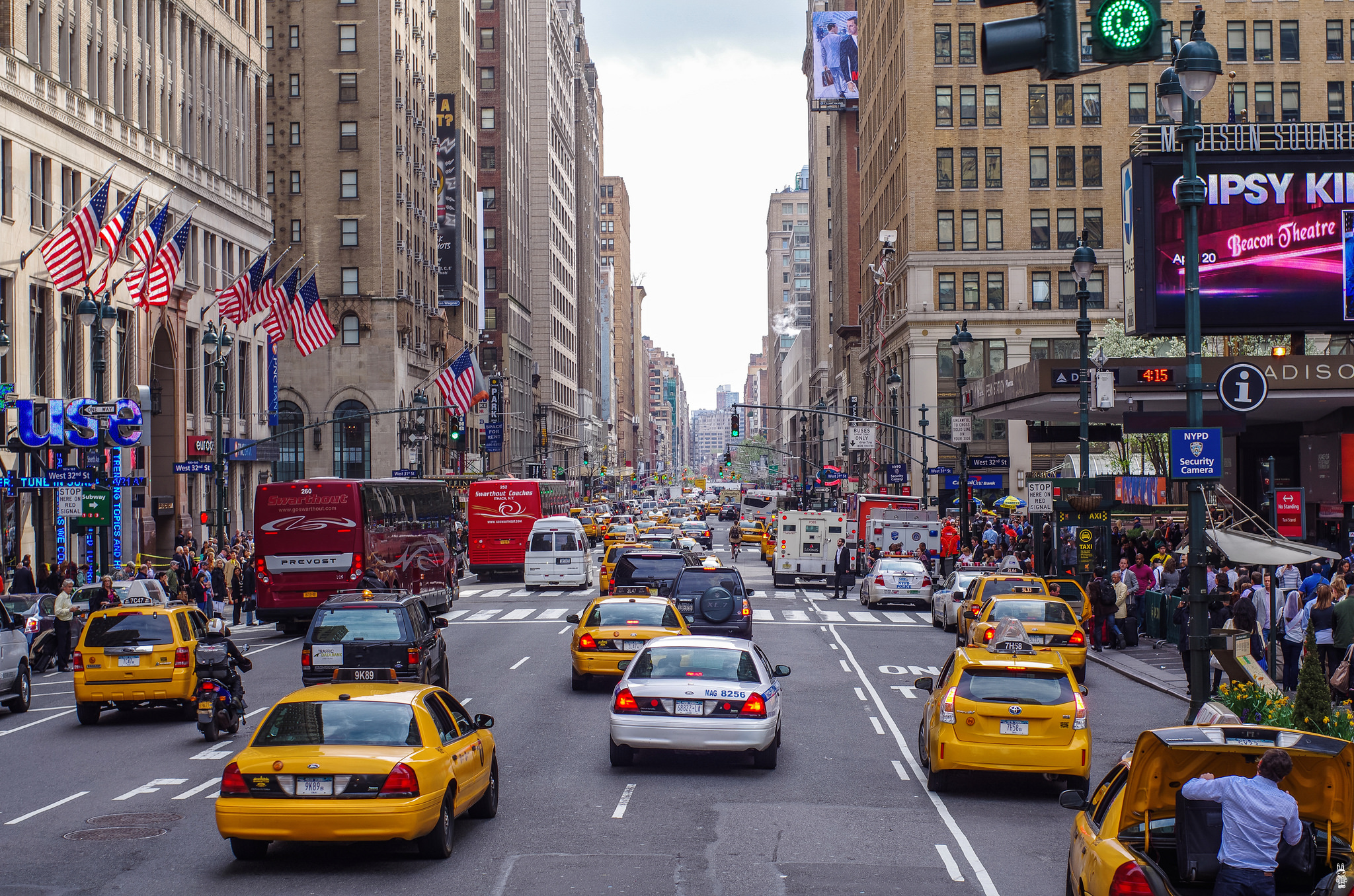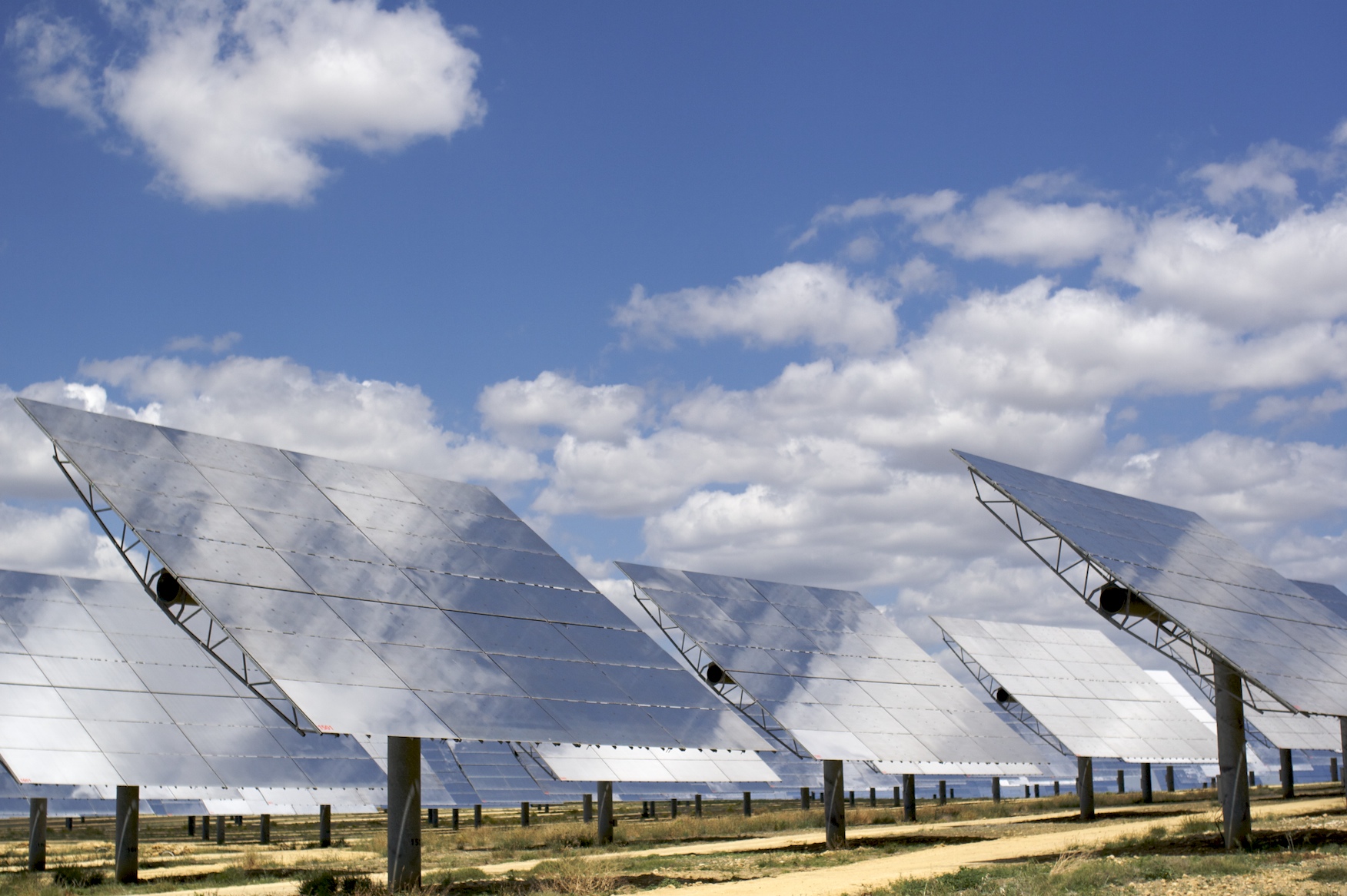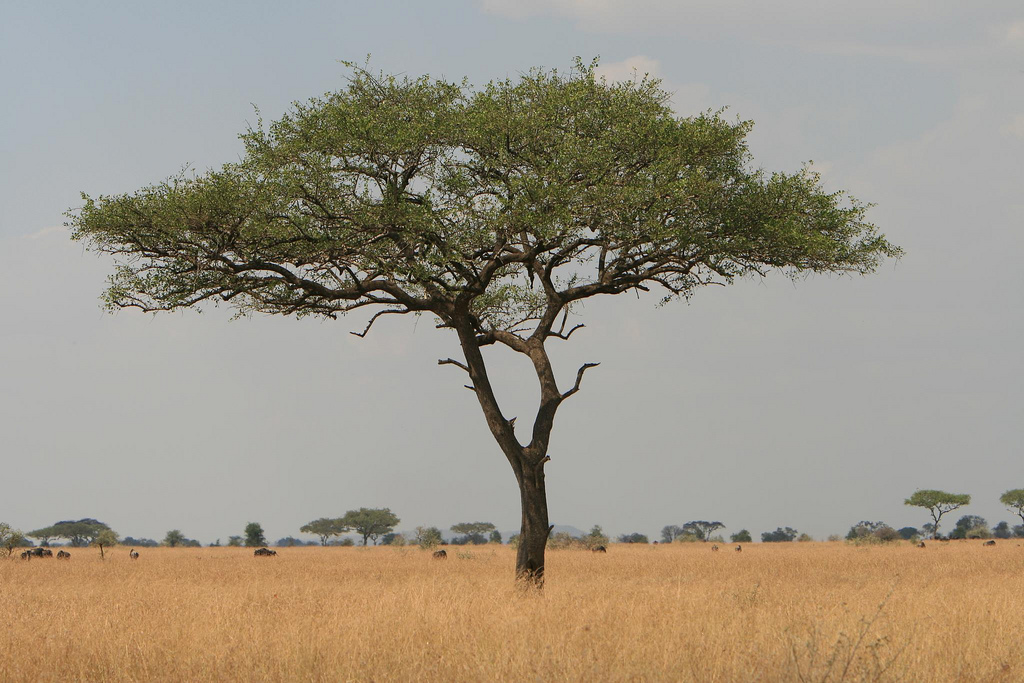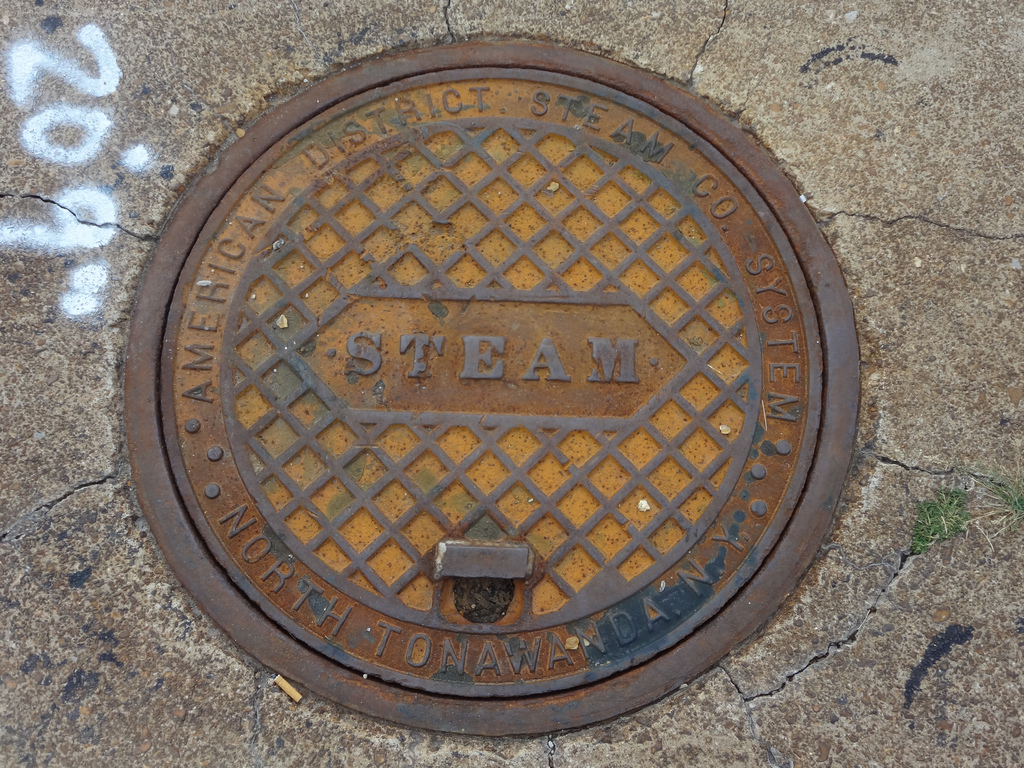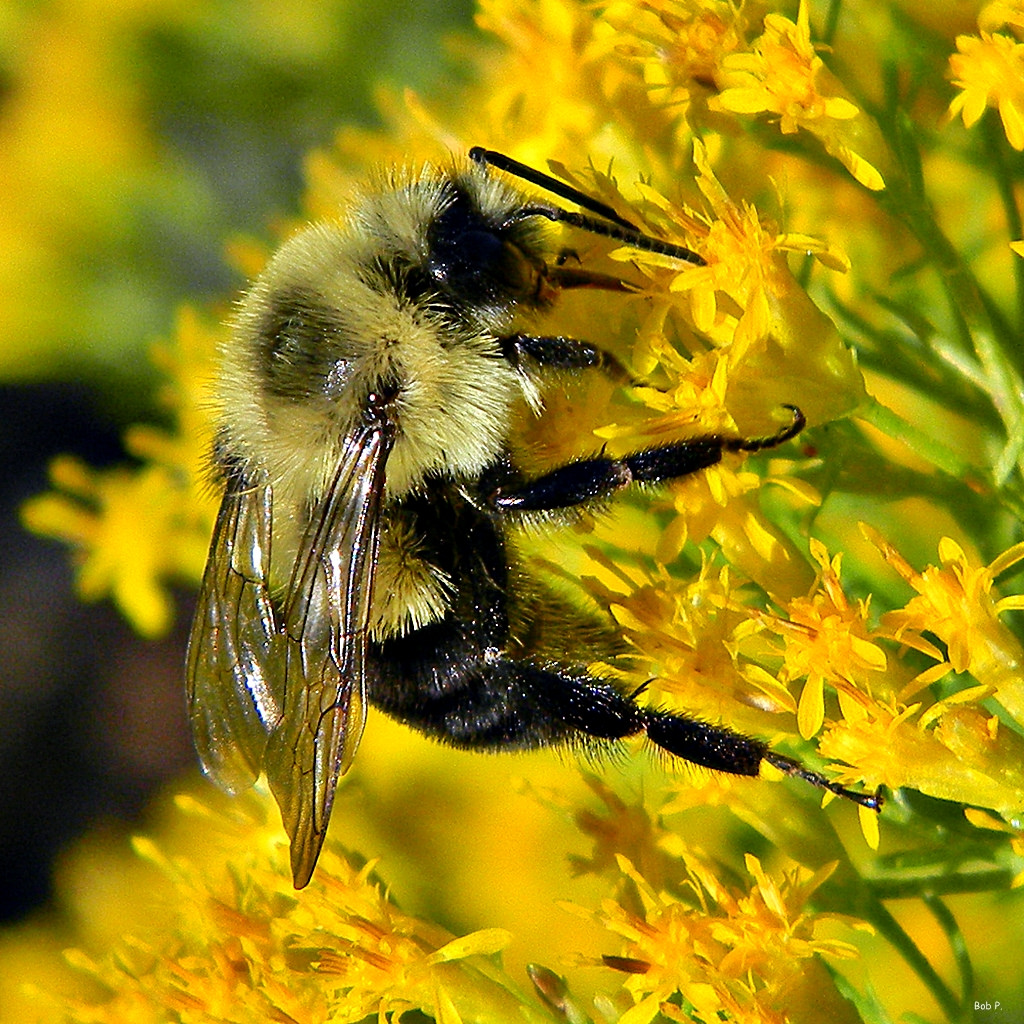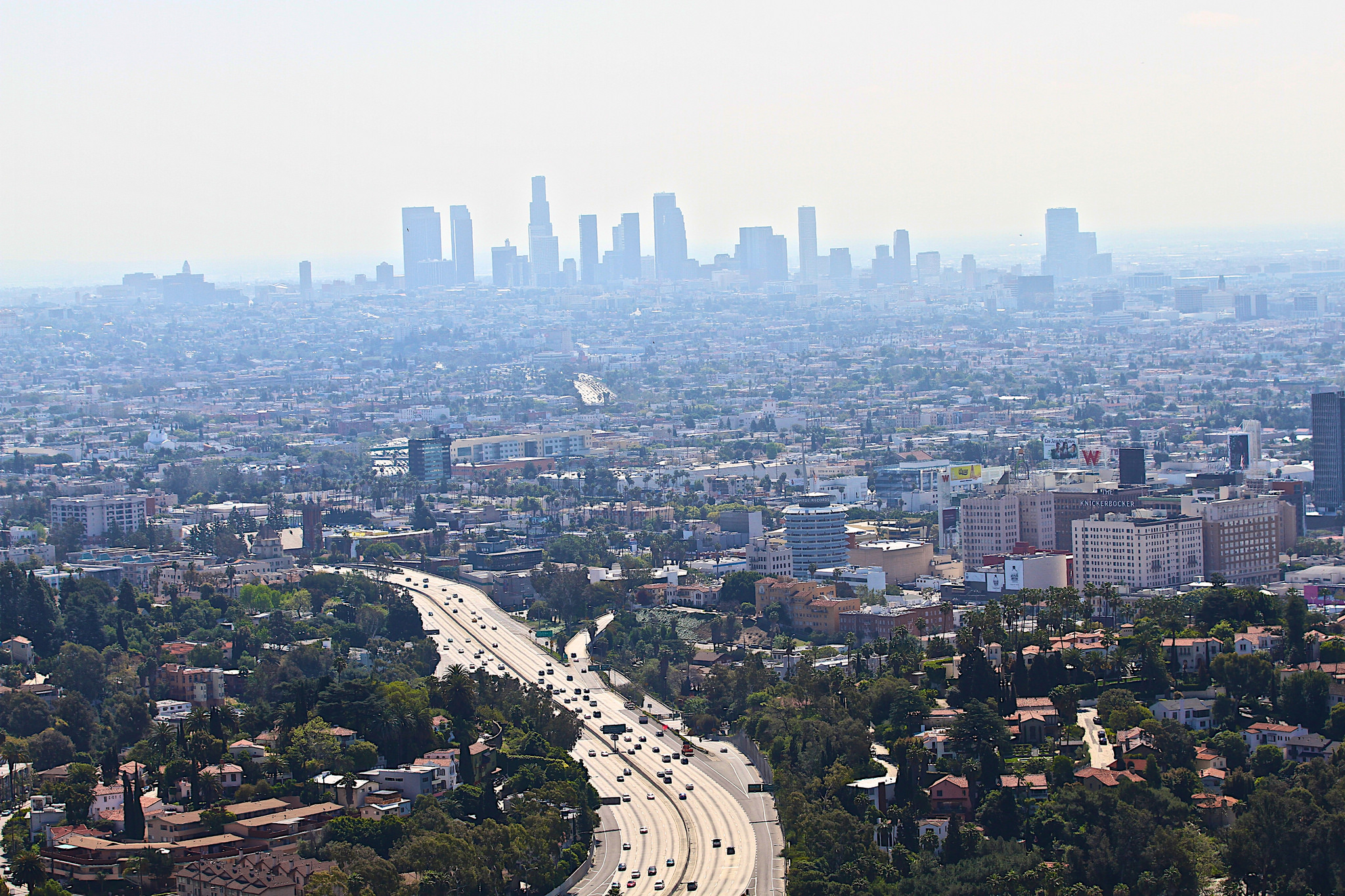Climate Change
Greener Friendly Skies
In March, United Airlines began using a new biofuel for flights between Los Angeles and San Francisco. The fuel is a renewable product called Honeywell Green Jet Fuel that can replace up to half of the petroleum jet fuel used in flight without any changes to the aircraft technology and it meets all current jet fuel specifications.
Pulling Water From Air
As droughts have become more commonplace, researchers are looking at natural systems for effective ways to capture water from the air. A team from Harvard University has drawn inspiration from three different organisms to develop a better way to promote the condensation and transportation of water droplets.
Ecotourism And Endangered Species
Ecotourism is increasing on a global scale. Ecotourism is generally defined as responsible travel to natural areas that conserves the environment, sustains the well-being of the local people, and involves interpretation and education. Visitor numbers to many protected areas around the world are expanding every year. Ecotourism provides rich experiences for the traveler and often has great benefits to local communities fighting poverty and seeking sustainable development.
Global Water Scarcity
Water is a simple chemical compound containing two hydrogen atoms and one oxygen atom connected by covalent bonds. It covers 71% of Earth’s surface and is vital for all forms of life. Despite its abundance, water that is safe for drinking is globally in short supply.
Powering Fuel Cells With Wastewater
There are many renewable energy sources to be exploited. Solar and wind power justifiably get the most attention, but they are not the only game in town. There is a growing sustainability movement to capture energy from various kinds of waste, including even the wastewater we flush down the toilet.
River Conservation And Hydropower
Rivers concentrate the water and resources of an entire region. They are literally the lifeblood of much of the world’s fish population. They are also the fuel for hydropower, a critical energy source for human civilization.
Consumers And The Environment
China passed the U.S. as the largest emitter of greenhouse gases on Earth back in 2007, mostly due to manufacturing. However, the great majority of all the products China produces are exported to the rest of the world. China’s per capita consumption-based environmental footprint is actually small. If you put the responsibility for environmental impacts on the consumer instead of the producer, we are all the culprits.
The World’s Largest Solar Plant
Morocco has switched on what is going to be the world’s largest concentrating solar power plant. The plant is located near the city of Ouarzazate, an area previously famous as a filming location for blockbusters like Lawrence of Arabia and Gladiator. When fully online in 2018, the plant will produce enough energy to power over a million homes. It will also cut carbon emissions by 760,000 tons a year.
Banning Coffee Pods
Over the past decade, single-serve coffee pods have quickly become a favorite method for delivering a hot cup o’ joe as fast and efficiently as possible. The explosive growth of pod-based coffee machines is such that now nearly one in three American homes has one.
Natural Geoengineering
The term geoengineering has started to appear in discussions about how to combat climate change. Mostly, it is used to describe using technology to tinker with the global environment, for example, by artificially enhancing the atmosphere’s ability to reflect the sun’s rays back out into space and thereby cooling the planet.
Green Steam
Many of the world’s biggest cities have miles of underground pipes built decades ago that provide district energy. District energy systems use a central plant to produce steam, hot water or chilled water that is then piped underground to individual buildings for space heating, domestic hot water heating and air conditioning. As a result, individual buildings served by a district energy system don’t need their own boilers or furnaces, chillers or air conditioners.
Wildflower Decline
For about a decade now, insect pollinator populations have been in decline. Their decline poses a significant threat to biodiversity, food production, and human health. In fact, at least 80% of the world’s crop species require pollination, and approximately one out of every three bites of food is a direct result of the work of these pollinators. In the United States alone, insect pollinators, such as bees, butterflies, certain wasps and flies (among many others), account for an estimated $15 billion in profits annually.
Laboratory Meat
Many of us crave the scent and taste of grilled meat. Even staunch vegetarians seek out imitation meat products that simulate the look and flavor of animal protein.
Dangerous Air
Much of the public discourse about pollution is focused on the long-term consequences of greenhouse gases in the atmosphere. There are still some who doubt that such consequences are really in the offing or that our actions are responsible in any case.
Solar Roadways
France’s roadways are known both for their historic cobblestone streets and infamous traffic jams. But French officials recently decided to forgo the traditional brick and pavement in order to capitalize on all the vehicle traffic.
Turning Air Into Fuel
There is a global effort underway to combat climate change. The carbon dioxide in the atmosphere is the primary culprit. As a result, there are two things to do about it: reduce the amount of CO2 we are dumping into the atmosphere and try to remove some of what is already there.
